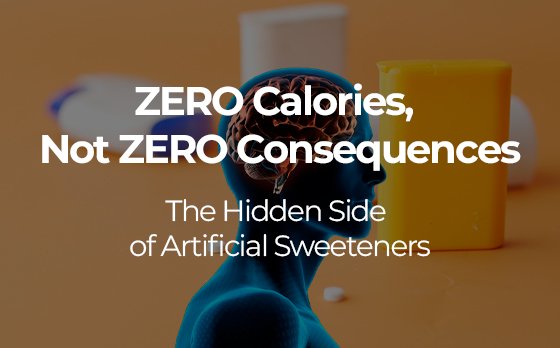Non-caloric sweeteners like sucralose have gained popularity as an alternative to sugar, offering a sweet taste without calories. However, their impact on the central nervous system and appetite control remains a subject of scientific debate. In a new study published in Nature Metabolism (2025), a team led by Sandhya P. Chakravartti, Kay Jann, Ralf Veit, Kathleen A. Page, and other researchers from institutions such as the University of Southern California and Helmholtz Center Munich explored how sucralose affects hypothalamic activity, hunger, and metabolic signals in young adults with varying body weights.
Using a randomized crossover design, 75 healthy participants (with normal weight, overweight, or obesity) consumed three different beverages in separate sessions: one with sucralose, one with sucrose (table sugar), and one with water. Through functional magnetic resonance imaging using pASL (perfusion Arterial Spin Labeling), the researchers measured blood flow in the hypothalamus—an indirect marker of activation. This brain perfusion is key because it is associated with appetite control: an increase can be interpreted as greater activation of the hunger center.
The results were surprising. Sucralose increased blood flow in the hypothalamus more than either sucrose or water, suggesting greater neuronal activation after its consumption, particularly in the lateral hypothalamus, a region related to hunger generation. This occurred without the rise in glucose that sucrose induced, indicating that calorie-free sweetness can activate hunger circuits without providing the metabolic signals associated with satiety. In other words, the brain detects the sweet taste but, receiving no real energy, may respond by increasing appetite rather than reducing it. This disconnect between taste and caloric content may help explain why some people feel hungrier after consuming “light” products.
The researchers also found that sucralose’s effects varied by body weight. In individuals with healthy weight, sucralose activated the hypothalamus more than sucrose, while in individuals with obesity, sucralose elicited a greater response compared to water. Participants with overweight showed no significant differences. Differences were also observed between sexes: women exhibited stronger hypothalamic responses to sucralose, consistent with previous findings that suggest higher female sensitivity to food-related signals.
The study also examined hypothalamic functional connectivity—that is, how this region communicates with other brain areas. After sucralose intake, there was greater connectivity between the hypothalamus and regions involved in motivation, reward, and sensory processing, such as the anterior cingulate cortex and superior parietal lobe. This suggests that sucralose may amplify the desire or drive to eat through brain circuits related to pleasure and body perception.
At the hormonal level, only sucrose increased glucose, insulin, and GLP-1 (a hormone that suppresses appetite), whereas sucralose did not produce this effect. In fact, only sucrose reduced blood flow in the medial hypothalamus—a region associated with satiety—and this reduction correlated with decreased hunger. Sucralose, on the other hand, did not decrease hunger and in some cases increased it. These findings reinforce the idea that real calories (like those from sugar) are necessary to activate brain signals that generate satiety.

Figure 1. Neural response to sweet taste without caloric intake involves hypothalamic activation and altered brain connectivity, in the absence of metabolic satiety signals.
The role of insulin sensitivity was also explored. Individuals with lower sensitivity (insulin resistance) showed a stronger hypothalamic response to sucralose, which could have important clinical implications in the context of obesity and diabetes.
This study is one of the most comprehensive to date in humans to evaluate acute brain responses to sweeteners, and it highlights the importance of considering variables such as sex, weight, and insulin resistance when analyzing the effects of these compounds. Although longer-term studies are still needed, the findings raise concerns about the widespread use of sucralose in products intended for weight control. Beyond its “calorie-free” profile, its influence on appetite and metabolic regulation may play a silent but significant role in eating behavior and the risk of chronic disease.
Main Reference:
Chakravartti, S.P., Jann, K., Veit, R. et al. Non-caloric sweetener effects on brain appetite regulation in individuals across varying body weights. Nat Metab 7, 574–585 (2025). https://doi.org/10.1038/s42255-025-01227-8
Other References:
Hu, F. B., & Malik, V. S. (2010). Sugar-sweetened beverages and risk of obesity and type 2 diabetes: epidemiologic evidence. Physiology & behavior, 100(1), 47–54. https://doi.org/10.1016/j.physbeh.2010.01.036
Malik, V. S., Pan, A., Willett, W. C., & Hu, F. B. (2013). Sugar-sweetened beverages and weight gain in children and adults: a systematic review and meta-analysis. The American journal of clinical nutrition, 98(4), 1084–1102. https://doi.org/10.3945/ajcn.113.058362
Bray, G. A., & Popkin, B. M. (2014). Dietary sugar and body weight: have we reached a crisis in the epidemic of obesity and diabetes?: health be damned! Pour on the sugar. Diabetes care, 37(4), 950–956. https://doi.org/10.2337/dc13-2085


